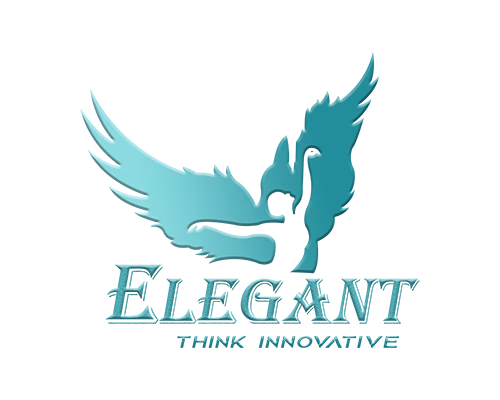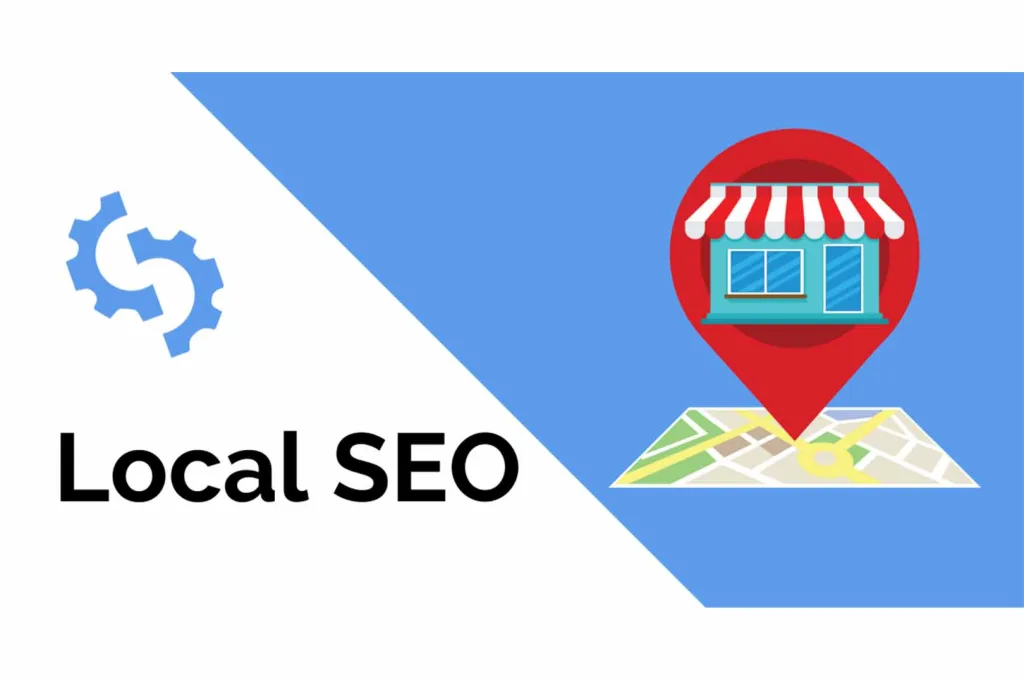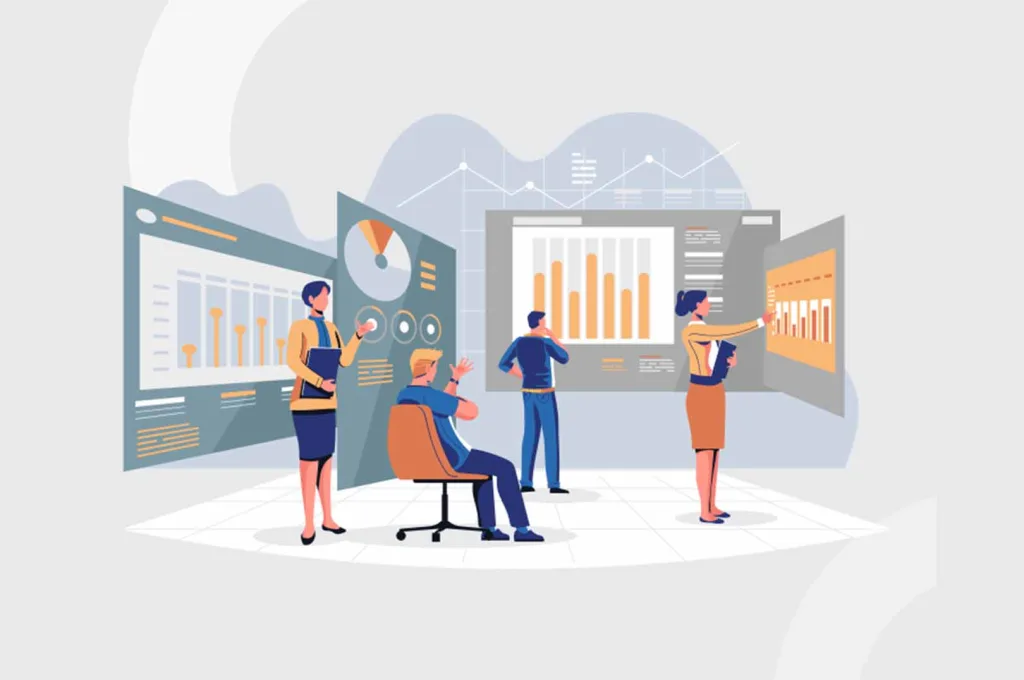The Importance of Website Security and How to Ensure Your Website is Secure
The Importance of Website Security and How to Ensure Your Website is Secure
Introduction
Website security is an important factor to consider when running a website. It is essential to ensure that your website is secure from malicious attacks, data breaches, and other security threats. By taking the necessary steps to secure your website, you can protect your website from potential threats and ensure that your website remains safe and secure. This article will discuss the importance of website security and provide tips on how to ensure your website is secure.

The Basics of Website Security: What You Need to Know
Website security is an important consideration for any business or individual with an online presence. It is essential to understand the basics of website security in order to protect your website from malicious attacks and data breaches. This article will provide an overview of the basics of website security, including the different types of threats, the importance of secure passwords, and the steps you can take to protect your website.
The first step in website security is understanding the different types of threats that exist. These threats can be divided into two main categories: malicious attacks and data breaches. Malicious attacks are attempts to gain unauthorized access to a website or its data. Examples of malicious attacks include phishing, malware, and denial of service attacks. Data breaches occur when unauthorized individuals gain access to sensitive information, such as customer data or financial information.
The second step in website security is to create secure passwords. Passwords should be long and complex, and should not be shared with anyone. It is also important to use different passwords for different websites and to change them regularly. Additionally, two-factor authentication can be used to add an extra layer of security to your website.
Finally, there are a number of steps you can take to protect your website from malicious attacks and data breaches. These include using secure hosting, regularly updating software, and implementing a web application firewall. Additionally, it is important to monitor your website for any suspicious activity and to respond quickly if any threats are detected.
By understanding the basics of website security, you can ensure that your website is protected from malicious attacks and data breaches. By taking the necessary steps to secure your website, you can protect your business and your customers from potential harm.
How to Protect Your Website from Malware and Other Cyber Threats
As the internet continues to evolve, so do the threats posed by malicious actors. Cyber threats such as malware, phishing, and ransomware can have devastating effects on websites, leading to data loss, financial losses, and reputational damage. Fortunately, there are steps that website owners can take to protect their sites from these threats.
The first step in protecting your website from malware and other cyber threats is to ensure that all software and plugins are kept up to date. Outdated software and plugins can contain security vulnerabilities that malicious actors can exploit. It is also important to use strong passwords and two-factor authentication to protect your website’s administrative accounts.
Another important step is to use a web application firewall (WAF). A WAF is a security system that monitors and filters incoming traffic to your website, blocking malicious requests and preventing attackers from accessing sensitive data.
It is also important to regularly scan your website for malware and other security vulnerabilities. There are a number of tools available that can help you detect and remove malicious code from your website.
Finally, it is important to educate yourself and your staff about cyber security best practices. Make sure that everyone who has access to your website is aware of the risks posed by cyber threats and knows how to identify and respond to suspicious activity.
By taking these steps, you can help protect your website from malware and other cyber threats.
The Benefits of Implementing SSL Certificates on Your Website
The implementation of SSL certificates on websites is becoming increasingly important for businesses and organizations of all sizes. SSL certificates provide a secure connection between a website and its visitors, ensuring that all data exchanged between the two is encrypted and protected from malicious actors. This is especially important for websites that handle sensitive information, such as financial data or personal information.
The primary benefit of implementing an SSL certificate on a website is increased security. SSL certificates use encryption to protect data from being intercepted or stolen by malicious actors. This means that any information exchanged between the website and its visitors is kept secure and confidential. Additionally, SSL certificates also help to protect against phishing attacks, which are attempts to steal sensitive information by posing as a legitimate website.
Another benefit of implementing an SSL certificate is improved search engine rankings. Search engines, such as Google, prioritize websites that use SSL certificates, as they are seen as more secure and trustworthy. This can lead to improved visibility and higher rankings in search engine results, which can lead to increased traffic and conversions.
Finally, implementing an SSL certificate can also help to build trust with customers. Customers are more likely to trust a website that is secure and encrypted, as they know that their data is being kept safe. This can lead to increased customer loyalty and improved customer satisfaction.
In conclusion, implementing an SSL certificate on a website is an important step for businesses and organizations of all sizes. SSL certificates provide increased security, improved search engine rankings, and increased customer trust. All of these benefits can lead to increased traffic, conversions, and customer loyalty.
The Risks of Not Having a Secure Website and How to Avoid Them
Having an unsecured website can be a major risk for any business. Without the proper security measures in place, a website can be vulnerable to malicious attacks, data breaches, and other cyber threats. These risks can have serious consequences, including financial losses, reputational damage, and legal liabilities. Fortunately, there are steps that businesses can take to protect their websites and reduce the risk of a security breach.
The most common risks associated with an unsecured website include:
1. Malware and Viruses: Malware and viruses can be used to gain access to sensitive information, such as customer data and financial records. They can also be used to disrupt website operations and cause damage to the website’s infrastructure.
2. Data Breaches: Data breaches can occur when hackers gain access to a website’s database and steal sensitive information. This can include customer data, financial records, and other confidential information.
3. Phishing Attacks: Phishing attacks are a type of cyber attack in which hackers send emails or other messages that appear to be from a legitimate source in order to gain access to sensitive information.
4. Denial of Service (DoS) Attacks: DoS attacks are a type of cyber attack in which hackers flood a website with requests in order to overwhelm the server and cause the website to crash.
Fortunately, there are steps that businesses can take to protect their websites and reduce the risk of a security breach. These steps include:
1. Installing Security Software: Installing security software, such as firewalls and antivirus programs, can help protect a website from malicious attacks.
2. Updating Software: Regularly updating software, such as content management systems and plugins, can help ensure that the website is running the latest security patches and is less vulnerable to attack.
3. Using Secure Passwords: Using strong passwords and two-factor authentication can help protect a website from unauthorized access.
4. Monitoring Activity: Regularly monitoring website activity can help identify any suspicious activity and take action to prevent a security breach.
By taking these steps, businesses can help protect their websites and reduce the risk of a security breach. While no website is completely secure, taking these steps can help reduce the risk and protect businesses from the potential consequences of a security breach.
Best Practices for Securing Your Website and Keeping it Safe from Hackers
1. Use Strong Passwords: It is important to use strong passwords for all accounts associated with your website. Passwords should be at least 8 characters long and contain a combination of upper and lower case letters, numbers, and symbols. Avoid using common words or phrases, and never use the same password for multiple accounts.
2. Keep Software Up-to-Date: Make sure to keep all software associated with your website up-to-date. This includes the operating system, web server, content management system, and any plugins or extensions. Outdated software can contain security vulnerabilities that can be exploited by hackers.
3. Use Secure Protocols: Use secure protocols such as HTTPS and SFTP when transferring data to and from your website. These protocols encrypt data in transit, making it much more difficult for hackers to intercept and steal sensitive information.
4. Monitor Website Activity: Monitor your website for any suspicious activity. This includes monitoring for unusual login attempts, changes to files, or any other activity that could indicate a potential attack.
5. Use a Web Application Firewall: A web application firewall (WAF) can help protect your website from malicious traffic and attacks. A WAF can detect and block malicious requests before they reach your website, helping to keep it safe from hackers.
6. Implement Access Controls: Implement access controls to limit who can access your website and what they can do. This includes limiting access to certain areas of the website, restricting certain types of requests, and setting up user accounts with appropriate permissions.
7. Use Security Tools: Use security tools such as antivirus software, malware scanners, and intrusion detection systems to help protect your website from malicious attacks.
8. Backup Your Website: Regularly backup your website to ensure that you can restore it in the event of an attack. Make sure to store backups in a secure location and test them regularly to make sure they are working properly.
Conclusion
Website security is an important part of any website, and it is essential to ensure that your website is secure. By taking the necessary steps to secure your website, you can protect your website from malicious attacks and ensure that your website is safe and secure. This includes using strong passwords, implementing two-factor authentication, and using secure protocols such as SSL/TLS. Additionally, it is important to keep your website up to date with the latest security patches and to monitor your website for any suspicious activity. By taking these steps, you can ensure that your website is secure and protected from any potential threats.
Protect your website from malicious attacks and data breaches by ensuring your website is secure! Take the necessary steps to secure your website today. Visit Elegant to learn more about website security and how to ensure your website is secure. Don’t wait – secure your website now!
FEATURED POSTS
CATEGORIES
The Importance of Website Security and How to Ensure Your Website is Secure Read More »
















